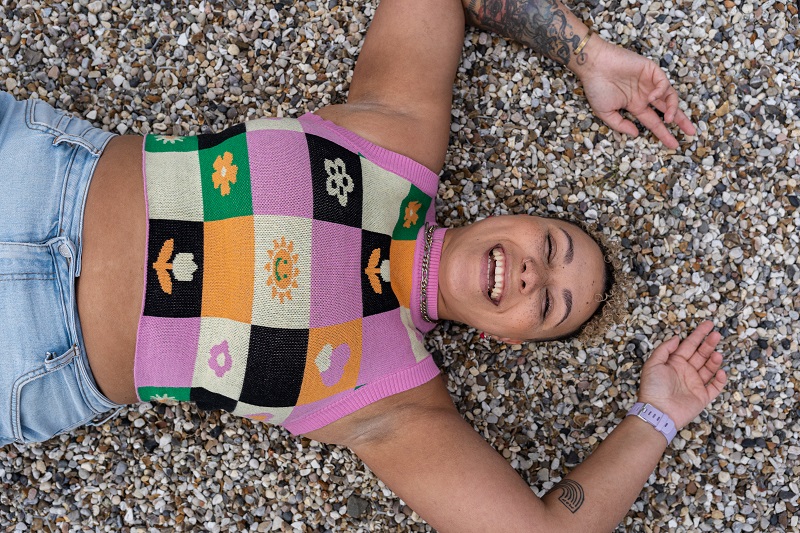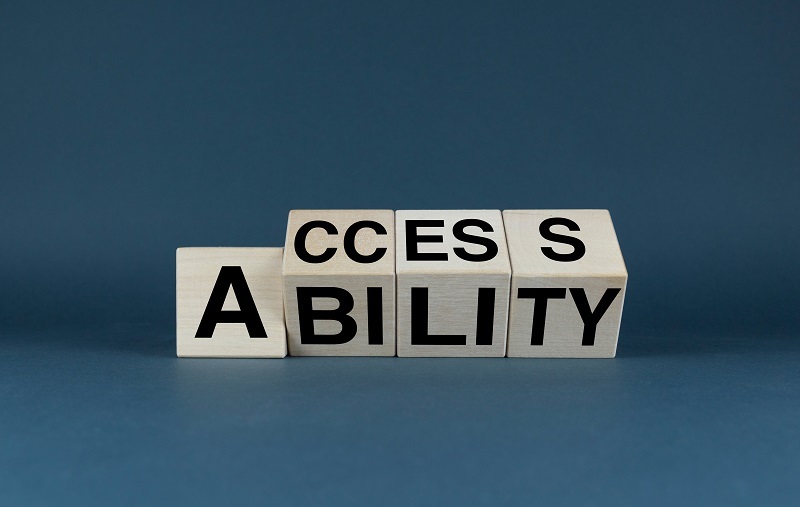In the UK alone, around 14.5 million people live with a disability.
When it comes to physical impairments, you are more likely to be aware that a person has a disability, especially if they are using a wheelchair, an assistive device, or a hearing aid. This can make it easier to understand the challenges they face and find ways to support them.
But the reality is that 80% of individuals living with a disability have an ‘invisible’ one, meaning that it is less obvious to the eye, cannot be spotted from the outside, and is more tricky to comprehend.
Here, we explore some of the most common invisible disabilities, highlighting what you can do to be more inclusive and how to assist people.
Common invisible disabilities
As mentioned, invisible disabilities can be defined as conditions not immediately apparent to others. Because they are less visible or less widely understood, it can be more difficult for friends, colleagues and family to truly grasp how they can influence people’s experience of the world.
However, building your awareness of the different types of hidden disabilities is an excellent step towards becoming more supportive. Here are a few common ones you may want to reflect on.
Mental health conditions
According to Mind UK, one person in four is affected by mental health problems in England each year. Mental health conditions include anxiety, depression, bipolar disorder and post-traumatic stress disorder (PTSD).
People with poor mental health may struggle to cope with their thoughts, feelings and ability to react to different situations.
For example, people with anxiety tend to worry uncontrollably about various things, from their job and health to regular household chores. This can lead to feelings of restlessness and irritability, making it difficult for the individual to concentrate, relax or even fall asleep.
Being available, calm, and patient, as well as giving them the reassurance they need, are all steps you can take to mitigate the symptoms of those suffering from anxiety.
Learning disabilities
Learning disabilities, such as dyslexia, dyscalculia, and dyspraxia, are invisible conditions that can significantly impact people’s everyday lives.
Someone affected by dyslexia, for instance, may have a harder time developing their reading and writing skills. Not only that, but they may also struggle with information processing and with remembering what they see and hear.
Dyslexia affects around 10% of the UK, so it is a relatively common hidden condition. If you have a colleague who may take more time to read, write, and digest content at work, there are several actions you can take.
Consider sticking to the same format for forms and paperwork, as it will make it easier for them to enter or find information.
Also, before meetings, provide your team member with the relevant documents and key points. This way, they’ll have time to process the information and feel more comfortable sharing their thoughts with the wider team.
Neurological conditions
Some neurological conditions can also be classed as invisible disabilities. This could be the case for illnesses such as Parkinson’s disease, multiple sclerosis, and epilepsy, which may not be easy to spot at first from the outside.
In the case of epilepsy, as well as affecting the body through seizures, the condition can induce sentiments of sadness, grief or anger. The symptoms and consequences of epilepsy can limit or prevent sufferers from carrying out everyday tasks, from driving to studying.
One way you can help people with epilepsy is to check in with them and ask if they need any assistance or advice, such as ensuring they get enough sleep at night. Sleep deprivation can be a significant seizure trigger, so enjoying as much quality rest as possible is crucial.
Chronic pain
Chronic pain can be extremely debilitating and have a huge influence on somebody’s life. That said, it is not always easy to spot, meaning people can live with arthritis, fibromyalgia, or serious back pain without anyone realising it.
For example, in the UK alone, there are over 430,000 individuals with rheumatoid arthritis, which causes swelling, stiffness, and joint pain. This illness can affect people in different ways, and although the right GP prescription can help alleviate the symptoms, it may hinder one’s ability to perform day-to-day tasks.
If you know someone with arthritis, there are simple, considerate things you can do to help. If you are out for a meal, something as quick and easy as opening a bottle can spare them from a challenging, painful activity.
How to be more inclusive on the whole
What can you do to be more mindful of people who live with invisible disabilities?
The truth is that you can never tell who has one for certain. So, we have put together a few tips to help you be more inclusive whether you’re aware of someone’s hidden condition or not:
- Don’t expect people to reveal or prove their disability – Not everyone feels comfortable disclosing their invisible condition – which is totally understandable. They may be afraid to feel stigmatised or just want to avoid potentially insensitive comments. So, how should you behave?
The best solution is to be mindful and careful about what you do and say in all situations. This way, you’ll be inclusive towards people who may really benefit from it too.
- Be a good listener when they confide in you – If someone decides to open up and talk to you, reply without judgement and show appreciation.
- Know how to respond if you say the ‘wrong’ thing – Sometimes, you may say or react in a way that comes across as inconsiderate. Mistakes can happen, but make sure to own what you said by promising to be better next time. Don’t cause a scene nor downplay what you said to avoid awkwardness. Instead, accept responsibility and learn from it. If you are unsure why you’ve been called out, acknowledge it and ask for help. This way, you will understand how to express yourself in a better, more inclusive way.
Many people coexist with hidden illnesses at work or within their family and social circle. But by educating ourselves and broadening our understanding of these conditions, we can actively break down barriers for those with invisible disabilities.









